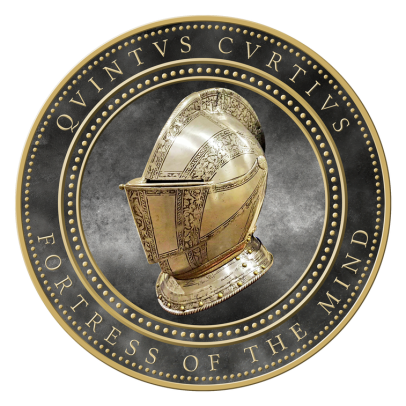
Today I visited the National Archaeological Museum in Athens, as well as the historical site of Aristotle’s Lyceum. The Lyceum was the place of origin of Aristotle’s Peripatetic school of philosophy, which took shape around 335 B.C. Like the Platonic Academy, there is not much in the way of physical remains; but this did not matter to me at all. Just to be able to stand on this ground was to me worth the effort in coming to Greece. It was only discovered in 1996. How often do we read of Aristotle, and yet no one bothers to link a physical location to his memory? This is why it was important for me to take these pictures, and show them to readers here.
In fact, it would not be an exaggeration to say that the Lyceum of Aristotle, and the Academy of Plato, are two of the most important physical sites in the entire history of mankind. I mean every word of that last sentence. The influence of these two names has been so profound, and so long-lasting, that it can barely even be measured. Keep this in mind as you peruse the photos below.





I also spent some time at the National Archaeological Museum, and wanted to present the following photos with commentary.














Read more in Pantheon, which is available in paperback, Kindle, and audio book:


You must be logged in to post a comment.